Having a cluttered house is so annoying. But you wonder, “where do I start?” “How can I get rid of so many things?” With my 12 purging tips, you’ll be ready to tackle clutter with ease and knowledge that soon, you’ll relax on your couch while admiring your tidy home.
General purgings tips
Use a decluttering checklist
Starting a project like purging the whole house is overwhelming. The best solution to limit stress is to get a decluttering checklist. It will help you get started, and getting rid of unwanted items will be easier.
Don’t keep things that you don’t use or need now
Don’t keep things for a hypothetical future self
When you dream about your future, it’s tempting to act as if you’re already your future self. But sometimes, we look too much forward and buy things we don’t need. If you find an object you don’t need right now, can you make a plan to use it quickly, or is it something you’ll use “someday”? If it’s the latter, are you sure you’ll use it, or should you eliminate it?
Don’t let guilt pressure you to keep items
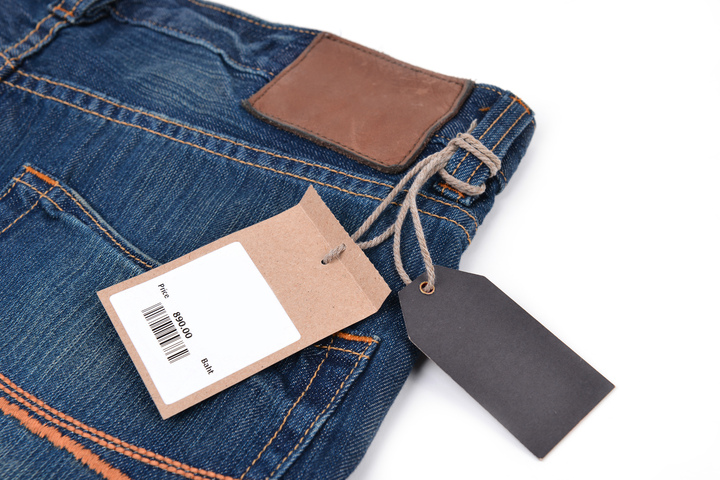
-
Save
There are several reasons we can feel guilt about objects. It can be because it was expensive, or because it was a gift… Do you owe these items to feel bad every time you see them? I don’t think so.
The most important purging tip: remove things you don’t keep as soon as possible
The longer you keep the unwanted items, the more you or a family member are likely to search them and change your mind. So, as soon as possible, get rid of them. It will finish the project, and you’ll feel relieved and proud to have accomplished it.
Purging clothes
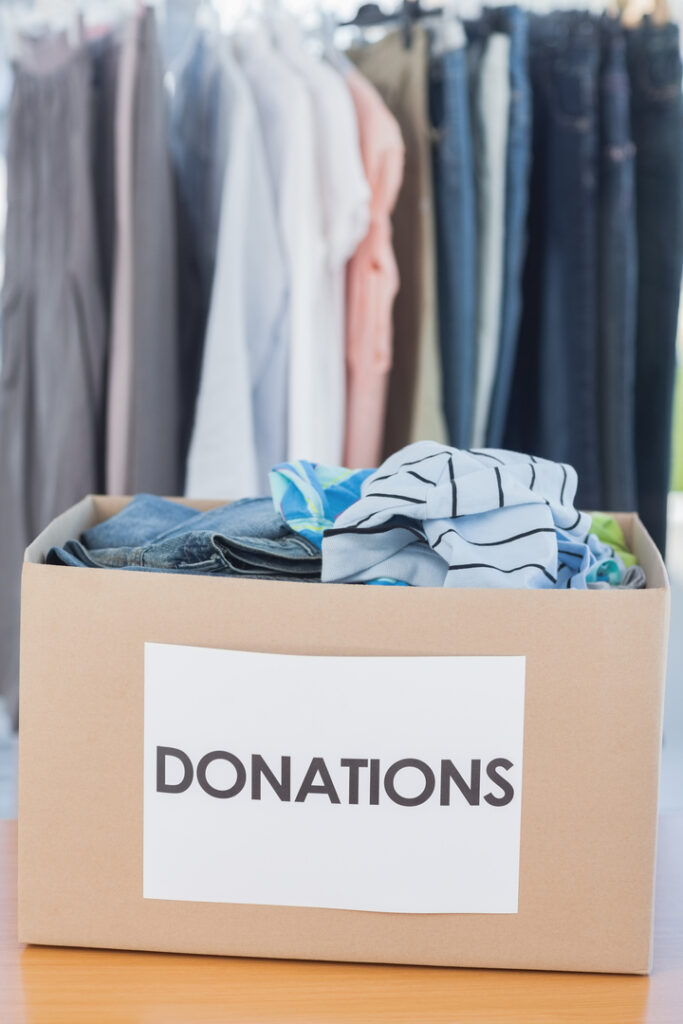
-
Save
Purging clothes starts before decluttering, so my first tips require a little thinking before you hit the closet.
Know before decluttering what you’ll do with clothes you don’t keep
For some clothes, the decision is easy. Either you keep them, or you toss them. But there are those items of clothing you don’t want anymore but are still in good shape. To avoid making the same decision again and again, determine before decluttering what you’ll do with these garments. Will you donate or sell them?
Know your style
When you know your style, it’s easier to see which items don’t match with it. You have fewer chances to create outfits with these items, so fewer chances to wear them. I suggest you sell or donate them to make more room for clothes you’ll wear more frequently.
Ask the right questions
A small list of questions can help you decide what to do with your garments. Here are mines:
- Do you love it?
- Does it fit?
- Do you feel good in it?
- Is it stained or torn?
- Will you have occasions to wear it?
Do you want help decluttering your closet? Have a look at my ebook about it!
Home decor purge
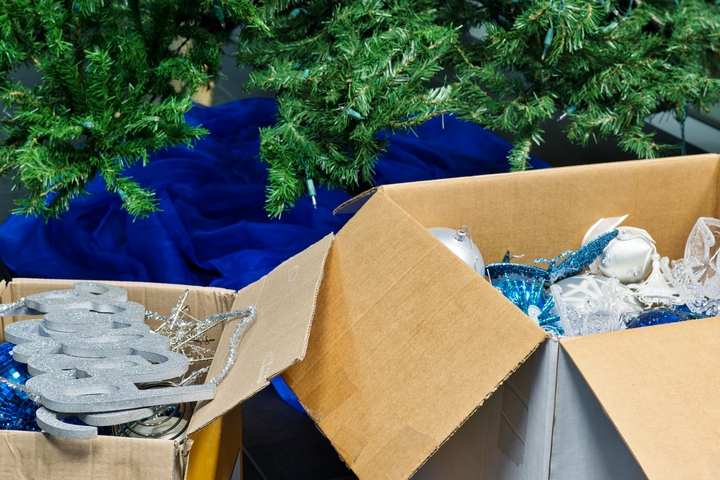
-
Save
Home decor can quickly submerge us. You buy a thing during your holidays, a cute Santa before Christmas, and soon, you have too many ornaments.
Only keep what you really love
By only keeping what you love, you’ll define your style and less impulsively buy items. Your house will get a more coherent look and will look more peaceful. It will avoid the “I tidied my house, but it still looks cluttered” effect.
Be realistic about how many items you can use at the same time
Sometimes, we want to display all our ornaments and more. But even if you love all of them and their style matches, your house can look cluttered when you have too many decorations. So think about your limit between decorations that make your home cozy and too many ornaments which make your house feel cluttered. This limit is personal, and you must consider how you can handle the cleaning.

-
Save
For example, maximalists love having many things around them. It soothes them. But looking at pictures of their room makes me anxious, and I wonder how long it takes to clean everything. Depending on your limit, you’ll know how many items to display and how many things to keep.
Use the one in - one out rule
Once you have decluttered your decoration collection, it can be difficult not to let it grow to the starting point. My last purging tip about decor is to use the one in – one out rule. Each time you bring an item into your home, one must go. That way, your collection will stay constant, and you won’t need to declutter so much in the future.
Purging toys
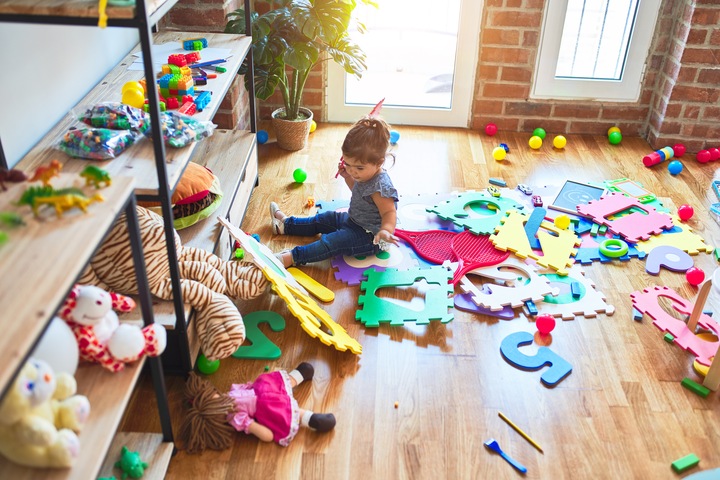
-
Save
What toys does your kid has outgrown or are broken?
If a toy is broken, your kid won’t be able to play with it, and it can even become a safety hazard. Think about small parts and a toddler who put all they can in their mouth. It’s far from the best combination. Better save than sorry, please, don’t keep these toys.
Similarly, your kid won’t play with toys they have outgrown. But these toys could make another child happy, so donate or sell those in good shape.
Watch them play to know which toys they don’t use
If you don’t know what toys your child prefers, take the time to also look at which games they use when you look after them. Soon, you’ll have a list of the toys they love and those they don’t use.
You can also suggest playing with the toys to them and see how they react.
Create a toy rotation
A toy rotation allows you to have a tidier space while keeping enough toys for your kid. The principle is to put away a large part of the games and swap the toys available for your child every now and then.
So, put away half or three-quarters of your child’s toys in boxes and switch them every month. You don’t need to overthink the last time you used a box. Your child won’t mind having the same one after only one month.
Swapping the boxes is the occasion to remove toys your child has outgrown and will make decluttering the games a habit.
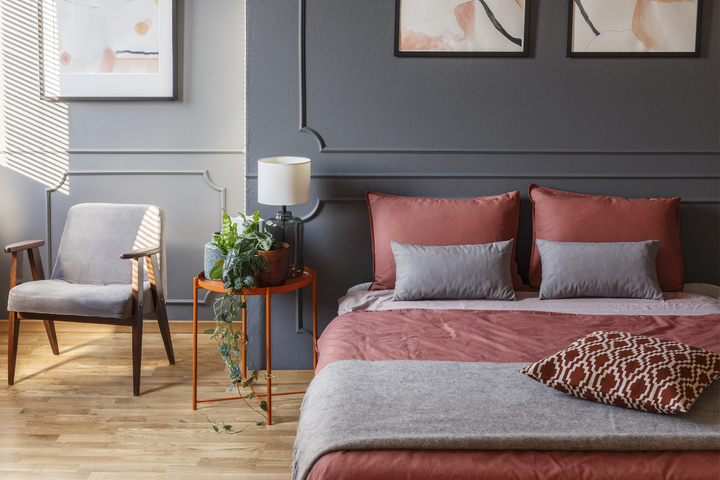
-
Save
With these simple purging tips, you can quickly declutter your house. So, get a bag for trash or objects you can’t donate, a few boxes for what you’ll sell and donate, and start with a small part of a room. Decluttering is a skill you’ll acquire, and soon, it will become second nature to put in the donate box what you don’t love or need anymore. The more challenging is to start. So, don’t wait too long!
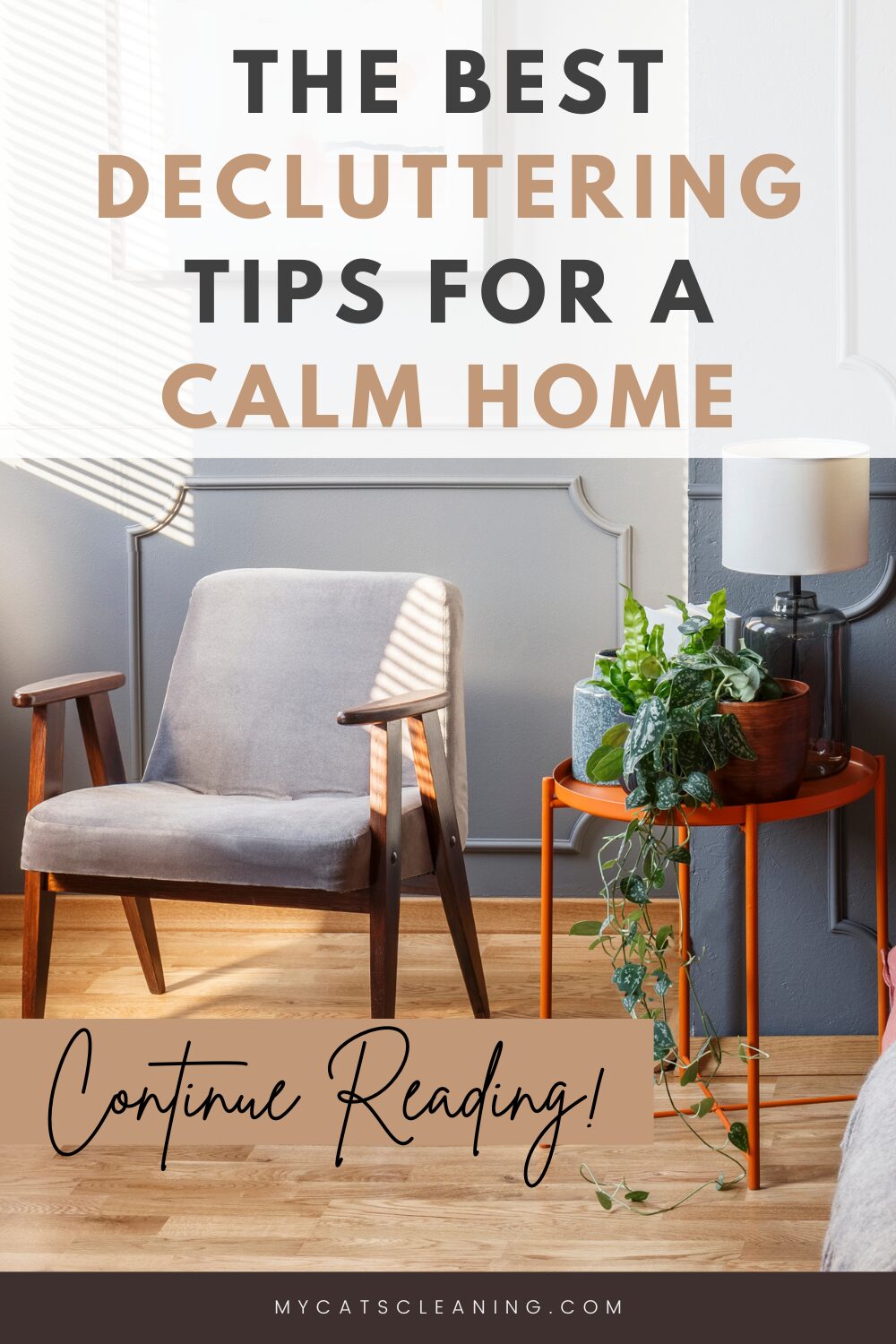
-
Save
Share via:
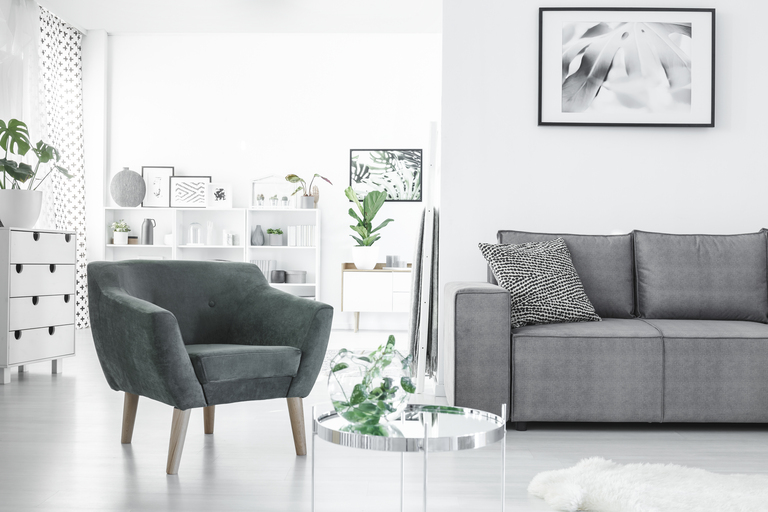




Be the first to leave a comment